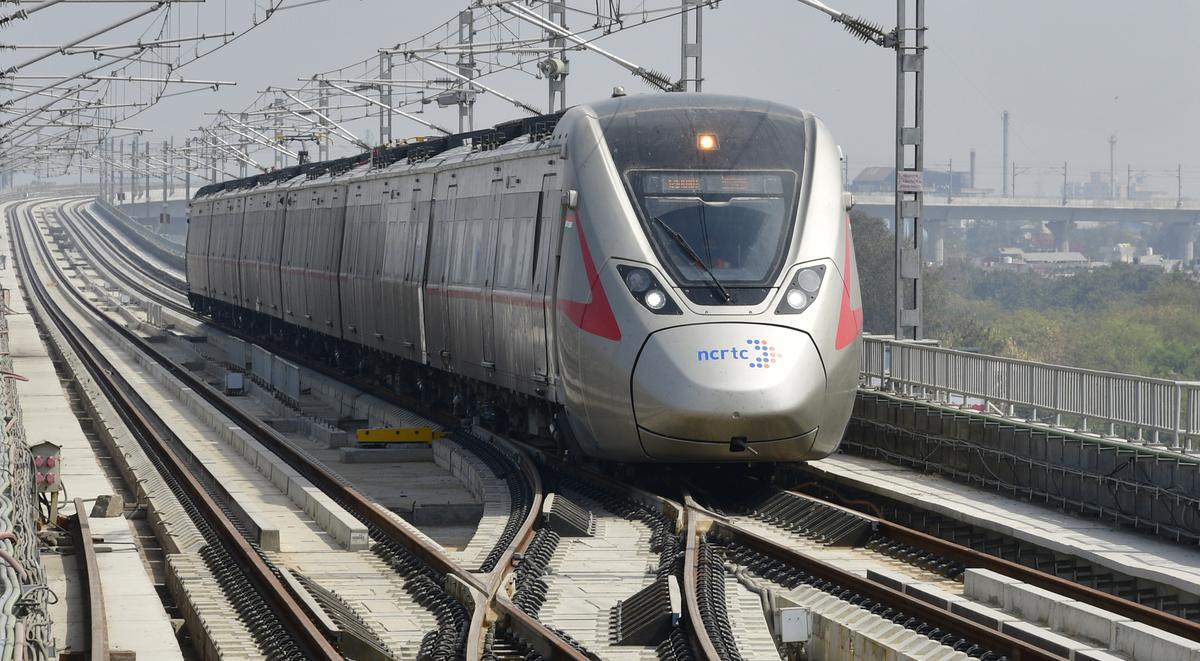- Courses
- GS Full Course 1 Year
- GS Full Course 2 Year
- GS Full Course 3 Year
- GS Full Course Till Selection
- Online Program
- GS Recorded Course
- NCERT (Recorded 500+ Hours)
- Polity Recorded Course
- Geography Recorded Course
- Economy Recorded Course
- AMAC Recorded Course
- Modern India, Post Independence & World History
- Environment Recoded Course
- Governance Recoded Course
- Science & Tech. Recoded Course
- International Relations and Internal Security Recorded Course
- Disaster Management Module Course
- Ethics Recoded Course
- Essay Recoded Course
- Current Affairs Recoded Course
- CSAT
- 5 LAYERED ARJUNA Mentorship
- Public Administration Optional
- ABOUT US
- OUR TOPPERS
- TEST SERIES
- FREE STUDY MATERIAL
- VIDEOS
- CONTACT US
UREA UNDER NUTRIENT-BASED SUBSIDY (NBS) REGIME
UREA UNDER NUTRIENT-BASED SUBSIDY (NBS) REGIME
REGIME-1686569511616.jpg)

Latest Context
The Commission for Agricultural Costs and Prices (CACP) has proposed that urea be included in the Nutrient-Based Subsidy (NBS) regime to address the issue of unbalanced nutrient utilisation in agriculture in its non-price policy recommendations for the Kharif crops 2023–2024 season.
- Urea is currently not included in the NBS programme, which has resulted in excessive usage and declining soil health.
Commission for Agricultural Costs and Prices (CACP)
- The Ministry of Agriculture and Farmers Welfare established the CACP as a statutory body in 1965.
- The Commission now consists of a Chairman, Member Secretary, one Official Member, and two Non-Official Members.
- Representatives of the farming community, the non-official members often have a close relationship with the farming community.
- It is required to suggest Minimum Support Prices (MSPs) in order to encourage growers to use cutting-edge equipment, boost productivity, and increase overall grain output.
- For the Kharif and Rabi seasons, CACP provides separate recommendations suggesting pricing.
Why is it necessary for urea to be included in the NBS regime?
Insufficient Natural Gas Supply:
- The capacity to generate urea fertiliser in India is constrained by insufficient natural gas supply, which increases imports. In comparison to domestic urea, these imported urea fertilisers have a larger subsidy burden per tonne.
- The government's attempts to limit fertiliser subsidies in the near term are further complicated by the high worldwide pricing of the basic ingredients used to make complex fertilisers.
- Therefore, the government's attempts to manage fertiliser subsidies will encounter difficulties over the medium term, and subsidy levels are expected to rise as a result of the increased demand.
Inefficient Use of Nutrients:
- The extensive use of urea in agriculture has exacerbated plant nutritional imbalance over time. The NBS covers non-urea fertilisers like phosphorus and potassium, with subsidies based on the nutrients they contain.
- But since urea is exempt from this framework, the government may continue to directly regulate its maximum retail price (MRP) and subsidy.
- Farmers have been overusing urea as a result of the price disparity, disregarding other crucial minerals, and deteriorating soil health.
Impact of Pricing Policies:
- While the MRP for urea, which is Rs 5,360 per metric tonne (MT), has not changed over time, the cost of other fertilisers, such diammonium phosphate (DAP), has gone up.
- Prices for non-urea fertilisers have risen as a result of manufacturers having the option to establish MRPs within reasonable bounds and fixed per-tonne subsidies depending on nutrient content.
- As a result, urea sales have been far greater than those of other fertilisers, aggravating the nitrogen imbalance in agriculture.
Recommendations
Including urea in the NBS Regime:
- It will make it possible to tie subsidies to urea's nutritional content and encourage fertiliser application that is evenly distributed.
Putting a Limit on Bags of Subsidised Fertiliser:
- To lessen the burden of government subsidies, the government could regulate the number of subsidised bags of fertilisers that each farmer is allowed to purchase, similar to how subsidised LPG cylinders are capped.
Making Use of Identification Systems and Technology:
- By utilising Point of Sale systems placed at retailer stores, the CACP emphasises how simple it would be to put the proposed restriction on subsidised fertilisers into effect.
- Aadhaar Cards, Kisan Credit Cards (KCC), and Voter Identity Cards are just a few of the identifying tools that may be used to locate beneficiaries.
NBS Regime
- In accordance with the NBS policy, farmers are given fertilisers at discounted prices depending on the nutrients (N, P, K, and S) that these fertilisers contain.
- Additionally, additional subsidies are provided for fertilisers that are enriched with secondary and micronutrients like zinc and molybdenum (Mo).
- Each nutrient's subsidy on P&K fertilisers is issued by the government on a yearly basis and is calculated on a per-kg basis, taking into consideration the price of P&K fertilisers both domestically and abroad, the currency rate, the amount of stock in the nation, and other factors.
- The goal of NBS policy is to boost the usage of P&K fertilisers in order to reach the ideal balance (N:P: K= 4:2:1) of NPK fertilisation.
Importance:
- The health of the soil will be improved, and as a result, the agricultural output will grow, increasing the farmers' income.
- It will utilise fertilisers sensibly, which will lessen the cost of fertiliser subsidies.
Challenges Related to NBS
Economic and Environmental Costs:
- The NBS policy and the fertiliser subsidy place a heavy financial strain on the economy. Fiscal stability is strained since it is the second-largest subsidy after the food subsidy.
- Additionally, unbalanced fertiliser use brought on by price discrepancy has negative environmental effects, including soil damage and nutrient runoff, which affect the sustainability of agriculture over the long term.
Black Marketing and Diversion:
- The sale of diverted or black-market urea is possible. Occasionally, it is sold illegally to wholesale purchasers, dealers, or non-agricultural end uses like plywood and animal feed producers.
- Additionally, it has been reported that subsidised urea has been trafficked into nearby nations like Bangladesh and Nepal, resulting in the loss of subsidised fertilisers meant for local agricultural usage.
Leakage and Misuse:
- To make sure that subsidised fertilisers reach the intended recipients, or farmers, the NBS regime depends on an effective distribution infrastructure.
- There may be cases of leakage and misuse, however, in which subsidised fertilisers fail to reach farmers or are used for uses other than agriculture. This reduces the subsidy's efficiency and prevents real farmers from accessing inexpensive fertilisers.
Regional Disparities:
- Agricultural methods, soil characteristics, and crop nutrient needs varies depending on the location of the nation.
- Implementing a national NBS system could not sufficiently address the unique requirements and geographical inequalities, which could result in inefficient fertiliser application and inconsistent production.
Way Forward
- Since nitrogen (N), phosphorus (P), and potassium (K) are essential for crop yields and quality, a unified strategy for all fertilisers is required.
- Long-term NBS replacement options include a flat per-acre cash subsidy that enables farmers to buy any fertiliser.
- This subsidy should cover items with added value and specialisation that effectively provide nitrogen and other vital nutrients.
- To meet the goals of the NBS regime, it is essential to find a balance between price control, accessibility, and sustainable nutrition management.

Q. With reference to chemical fertilizers in India, consider the following statements: (2020)
1.At present, the retail price of chemical fertilizers is market-driven and not administered by the Government.
2.Ammonia, which is an input of urea, is produced from natural gas.
3.Sulphur, which is a raw material for phosphoric acid fertilizer, is a by-product of oil refineries.
Which of the statements given above is/are correct?
(a) 1 only
(b) 2 and 3 only
(c) 2 only
(d) 1, 2 and 3
Ans: (b)
Q. Why does the Government of India promote the use of ‘Neem-coated Urea’ in agriculture? (2016)
(a) Release of Neem oil in the soil increases nitrogen fixation by the soil microorganisms.
(b) Neem coating slows down the rate of dissolution of urea in the soil.
(c) Nitrous oxide, which is a greenhouse gas, is not at all released into atmosphere by crop fields.
(d) It is a combination of a weedicide and a fertilizer for particular crops.
Ans: (b)


